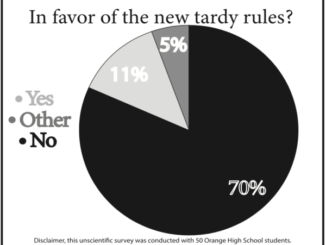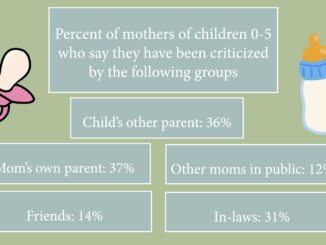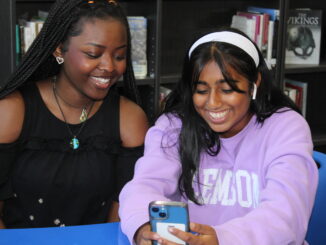
photo credit: Nghiem Pham
Over the past five decades, censorship in the United States has risen, starting with the Red Scare and anti-communist sentiment, according to the Free Speech Center at Middle Tennessee State University. According to the Center for International Relations
and Sustainable Development, experts have grown increasingly concerned for the current rise of America’s limits on free speech and compare today’s censorship to that of the McCarthy era.
The concern expressed by experts regarding a rise in censorship has to do with the fact that censorship has extremely detrimental effects on society. Britannica explains that the most prevalent types of censorship in the United States are limits on the media or press, political censorship and educational censorship. Censorship in America needs to be a more prioritized issue in society as it adversely affects democratic values, free thinking and diversity of perspectives in the country.
Freedom of the press is one of the most important aspects of a free country. Journalists, especially in the United States, serve as watch dogs for the government, keeping officials in check for any injustices or infractions they might commit and reporting them back to the people.
Limits to freedom of the press are on the rise globally, according to PBS. International pressures have influenced the American government to implement laws, like the TikTok ban, which directly impact the press’s ability to communicate with the public.
If watch-dog organizations cannot effectively communicate with the public, where will the public get their information that highlights concerns of the country’s government?
As the American public turns to education to curtail the effects censorship, they will find that education has even more censorship than the press. The best example of educational censorship is the country’s growing Banned Books List. The American Library Association found that a record-breaking 4,124 titles were challenged in 2023.
Information Matters finds various benefits of diverse books including encouraging critical thinking, broadening perspectives and sparking challenging, meaningful discussions.
By promoting book bans, we are reducing the diversity of perspectives students can find in books and hindering free thinking and valuable conversations that prepare children for the real world. This is evident by examining the primary targets for book bans: BIPOC and LGBTQIA+ stories.
But educational censorship doesn’t stop at books. 60 percent of educators report experiencing pressure or threats over classroom content, which discourage academic freedom, according to PBS.
Overall, there has been dramatic growth in censorship promoted by the American government against educational and journalistic freedoms. If this trend continues, American society will suffer through decreases in critical thinking, democratic freedoms and diversity of opinions.
I urge you to educate yourself on the policies regarding censorship within your local government and vote against officials that promote these policies.


